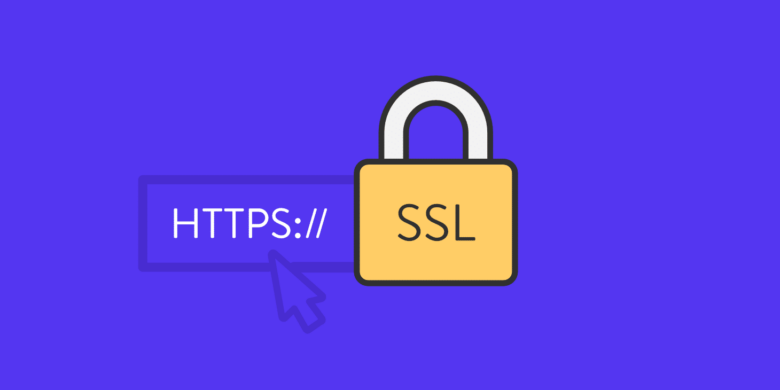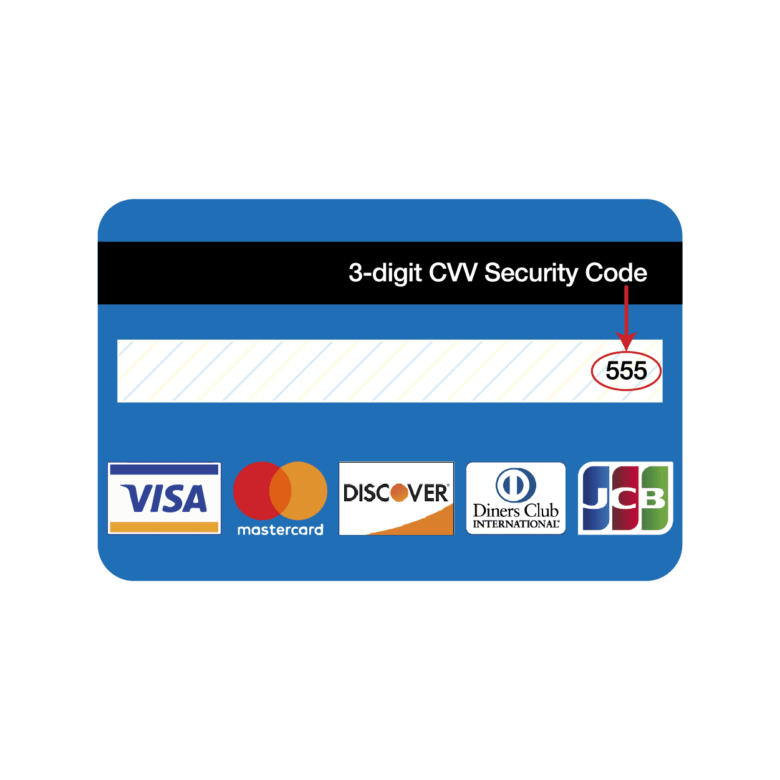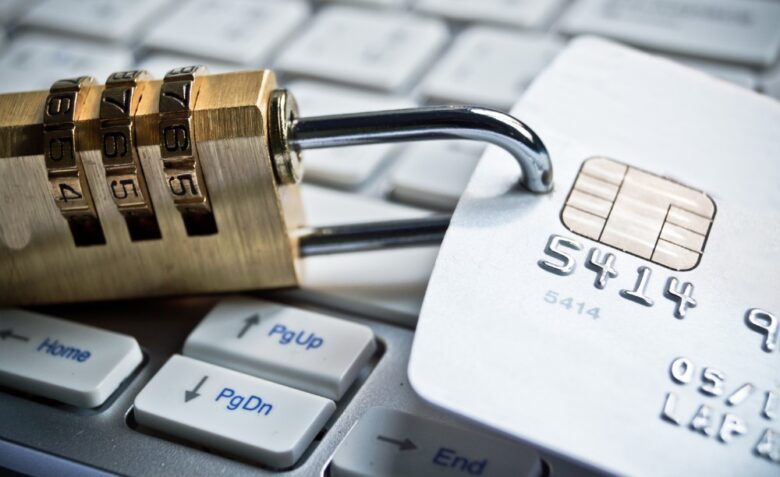It is important to be familiar with all relevant aspects of payment security, these are important factors that you can take to reliably protect the data that concerns the data security company, your business, and the reliable protection of customer data, as well as all the important obligations associated with it.
When ensuring the protection of payment transactions, it is important to use the most effective security measures correctly and promptly to prevent abuse and protect payments from fraudulent attempts. State-of-the-art internal risk assessment mechanisms consist of a thorough review of all details regarding payment data. Authentication consists in verifying the data of all clients using external data sources. If sufficient identity verification cannot be obtained from the independent data provider, the transaction may be rejected. The fraud risk assessment tool may require additional authentication checks. In this case, you must provide additional information to verify your identity, such as answers to additional questions. If it is discovered that a fraudster has used another person’s information, in order to prevent the transfer of that person’s information, data security company will do everything in its power https://www.verygoodsecurity.com/ .

Source: outseer.com
What is the payment security process?
The payment security process encompasses a variety of important measures that various business environments typically take to ensure the protection of customer data and prevent fraudulent transactions and data leakage. Important aspects of payment security include compliance with current PCI standards and subsequent protocols such as 3-D Secure (3DS). Payment security has many different levels and has different requirements depending on the type of business. As e-commerce processes continue to slow down, robust payment security for card issuers and business customers is more important than ever. Multiple layers of payment security are needed to effectively protect your business from fraudulent transactions that you may be liable for. Compliance plays an important role in the design and implementation of payment security. Let’s explore how one of the most popular standards shapes payment security requirements.
Payment security and compliance with current PCI standards

Source: forbes.com
The Payment Card Industry Data Security Standard (PCI DSS) is an ongoing standard whose key objective is to ensure the continued security of payments worldwide. Businesses that process, transmit, or store cardholder data must comply with applicable PCI DSS requirements. These key requirements shape the implementation of payment security and evolve in line with changes in new technologies to effectively prevent any kind of fraud. How a company demonstrates PCI compliance depends on the number of transactions it processes each year. There are four levels that your company works with; Level 1 has the most stringent requirements, and level 4 is the least stringent. For example, Level 4 allows sellers to demonstrate compliance through a self-assessment, while Level 1 requires them to undergo a rigorous external audit by an accredited security assessor. Various integrations with payment gateways can significantly reduce the level of compliance required for merchants when transactions occur on the merchant’s website, not in the payment processor’s environment. No matter how many transactions you process, proper payment protection can effectively help you achieve compliance with applicable PCI standards and prevent any fraudulent transaction phenomena in your business environment and any business organization.
Types of payment security processes
Type 1. Tokenization.

Source: staxpayments.com
Tokenization securely protects transactions by replacing payment information with randomly generated strings. These tokens allow companies to create customer accounts, set up scheduled payments, and manage payment settings without having to deal with sensitive cardholder information each time. Payment gateway tokenization means that tokens work with public and private keys. The public key allows you to create tokens, and the private key allows merchants to make one-time or recurring payments. This form of payment security protects cardholder data as effectively as possible and significantly reduces the frequency of sending payment information over the Internet.
Type 2. Address Verification Service (AVS)

AVS compares the address provided at checkout with the cardholder’s known address. This useful tool carefully verifies the address match using the response code sent by your credit card company. This is useful in conjunction with other important methods of combating cyber fraud, but on its own, the use of AVS functionality is quite limited. Typos, misspellings, and outdated address information can inadvertently cause AVS inconsistencies and create problems for legitimate customers.
Type 3. SSL protocol

Source: kinsta.com
Secure Sockets Layer (SSL) is an Internet protocol designed to securely encrypt all communication on websites and is especially important for securely protecting websites that handle sensitive customer payment information. You can tell if a website uses SSL by looking for a lock icon in the address bar or by checking if the website address starts with “HTTPS”. Many browsers now warn visitors when a website does not use SSL. Getting an SSL certificate is easy and affordable. Administrators can install SSL certificates to protect web applications and payment sites. Don’t forget to renew your certificate before it expires. However, it is worth knowing and taking into account that cybercriminals are increasingly obtaining SSL certificates for fake sites.
Type 4. Card Verification Value (CVV)

Source: alliedpay.com
A CVV is a 3- or 4-digit code found on the back of a credit card that is used to verify the recipient’s physical ownership of the card. Undoubtedly, CVV effectively helps to prevent any kind of card fraud. A data breach can reveal stolen CVV numbers, allowing fraudsters to manually enter card details. Like AVS, CVV is ideal for adequate security, but this option should be used in conjunction with other effective payment security methods to provide a significantly better, additional level of security.
Type 5. 3DS
3DS is one of the most common, popular, and effective forms of ensuring reliable payment security, which is constantly evolving to combat any cyber fraud. The strength of the 3DS is a large amount of information collected before and during the payment process. IP address, transaction history, purchase amount, etc. All information is taken into account to analyze any risk. In total, more than 100 data points are collected about the cardholder, their device, and the type of transaction. This valuable information is exchanged between the receiving bank, the issuing bank, and the infrastructure that supports the payment protocol. The three parties actively work together to process requests as efficiently as possible, provide risk assessments and thoroughly authenticate or request transactions. This process uses statistical analysis to turn contextual information into a risk score for each deal in seconds. If the transaction is risky or there is insufficient information to confirm the transaction, the client will proceed to the request flow and provide additional identifiers. One-time passwords (OTPs) sent via SMS or email is common problems. Unlike previous versions of the 3DS, query streams are only published for suspicious transactions. This ensures a seamless experience for your legitimate customers and increases the conversion rate, protecting them from any cyber fraud.
Optimum and most effective methods for proper payment security

Source: pomelopay.com
One of the most effective ways to follow payment security best practices is to follow the current PCI Data Security Framework (Assess, Remediate, Report) standards. Create an inventory of your digital assets and review cardholder data processing procedures. Most merchants can use a self-assessment questionnaire (SAQ) to check the security of their payment. Large companies that handle a large number of transactions each year may need to hire qualified appraisers to professionally oversee their organization. By identifying key payment security issues, you can effectively address them accordingly. Important remediation steps include processes to correct misconfigurations, apply encryption, or patch vulnerable code. The evaluation phase helps you identify the specific steps you need to take in the improvement process. Periodic reporting is required to maintain compliance with current PCI DSS standards. PCI compliance does not apply. The seller bears full responsibility for ensuring that the payment security meets the relevant requirements. The level of reporting that suppliers must provide depends on supplier tiers.
The optimal form for ensuring the reliable security of payments
Effective payment security provides multi-layered protection without harming the customer. With 3DS, you can easily protect both your brand and your customers, making it one of the best forms of payment security available. 3DS uses robust data sets and real-time fraud data to enable you to significantly reduce the risk of any fraud occurrences. Even if the stolen card details are used to make a purchase, the fraudster is unlikely to complete the OTP request initiated by the 3DS request flow. The latest version of 3DS offers convenient customer interaction, unlike previous payment security methods. With 3DS, customers can easily transact across multiple devices and mobile apps. 3DS offers one of the most effective solutions to maximize the fight against various types of fraud, simply by sending a series of inquiries about suspicious transactions.
How can I protect myself when making payments?

Source: truemerchant.com
First of all, the basis of safe Internet use is having legitimate software that supports security. Keep in mind the following important things to use when making payments:
- Reliable antivirus software;
- Firewall;
- Using the latest software.
An antivirus program should protect against viruses, Trojans, and other programs that harm your computer. There are many potential sources of infection, such as sending emails with infected attachments or downloading malware from the Internet. By definition, antivirus programs are designed to protect us from such malicious cyber threats. For better protection, we recommend using a professional antivirus program. Because, unlike the free version, the commercial version offers better protection and support. Most manufacturers offer the opportunity to test their software during a trial period, which usually lasts 30 days. Firewalls reliably protect against unauthorized access to your computer. Let’s say you’re at a popular fast-food restaurant and you’re browsing the web using free Internet access. If your firewall is configured incorrectly, someone can try to connect to your device. The firewall is designed to effectively protect your device from unauthorized access. It is important to use a firewall solution in conjunction with an antivirus program. This combination provides high protection efficiency when making payments on the Internet. Modern software is the basis of security. Many people think they only need an updated operating system to protect themselves. Unfortunately, this alone is not enough. Installed programs should also be updated regularly to ensure full protection.




